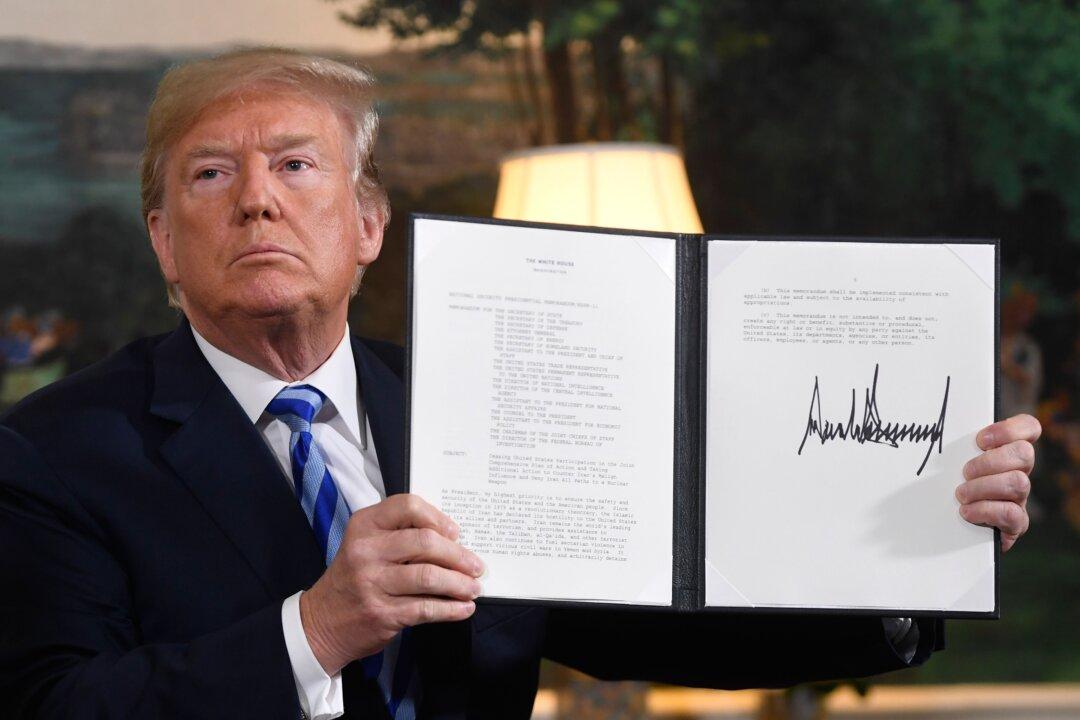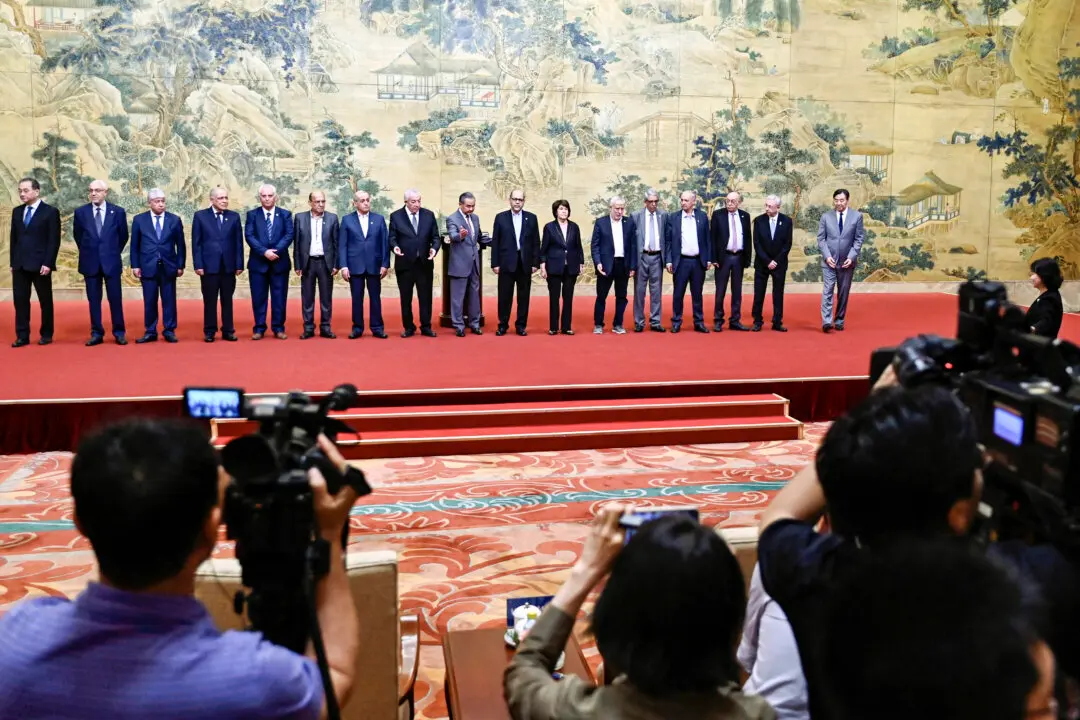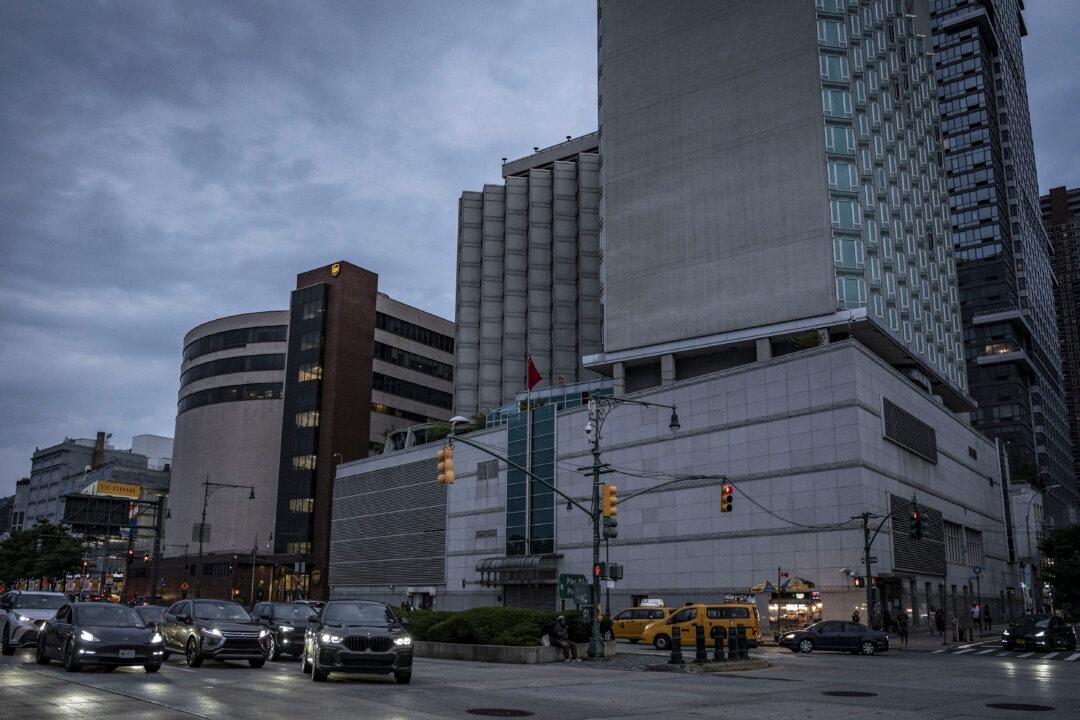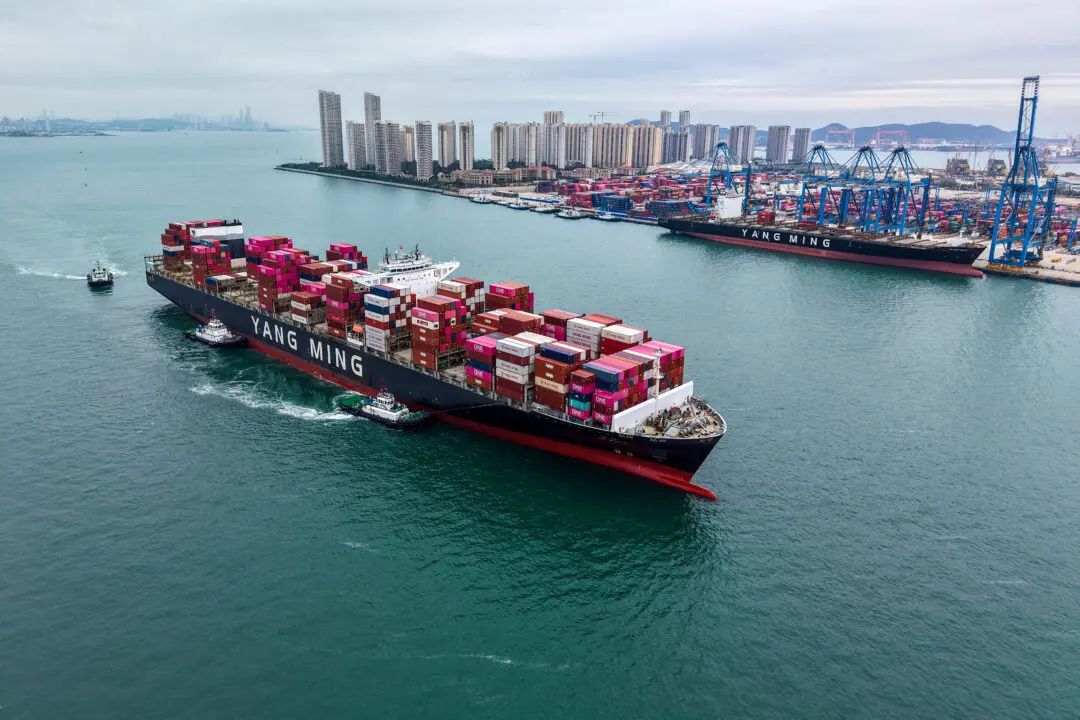As the Trump administration seeks to achieve its goals on Mideast peace, nuclear security and other objectives involving Iran and beyond, some policy objectives may actually be working at cross purposes with one another. The sanctions against Iran are only a small part of a very complex ballet of power and diplomacy between the United States, Israel, Saudi Arabia, and China.
Trump’s Iran Policy: Risky But Necessary
Iran’s intention is to become the dominant player in the Middle East. To the mullahs in Tehran, that means acquiring nuclear weapons. It also means eliminating Iran’s two main adversaries in the region—Israel and Saudi Arabia—both of which are allies of the U.S. Of course, neither of these outcomes are even thinkable, much less acceptable, to the United States or the targeted nations.Therefore, the Trump policy is to contain Iran is a very necessary one to stop a wider Middle East war from erupting. This involves reducing Iran’s influence through its proxy fighters Hezbollah and Hamas as well as thwarting Iran’s nuclear ambitions. It also involves heavy sanctions. It’s no secret that civil unrest in Iran is rising. The people are fed up living in a pariah state with no future for the younger generation. Economic sanctions, painful for the masses, only add to that unrest.





